IFA 2016: Examining the Malaise of Bargain Basement Virtual Reality
by Dr. Ian Cutress on September 9, 2016 9:00 AM ESTBargain Basement, 4 + 5 + 6
#4: Shenzhen Winbest Company Limited, VR102 + VR106
The only company to offer two SKUs, even with different designs, was the Shenzhen Winbest Company Limited. The lower end model, the VR102, uses a full 720x1280 5-inch IPS display with Android 5.1 powered by an RK3126 quard (sic) core SoC. This is a Rockchip design, built on a 40nm process, featuring quad ARM Cortex-A7 cores up to 1.3 GHz and a Mali-400 MP2 GPU. The AIO-VR has 1 GB of DDR3L memory and 8GB of storage which can be supplanted with a microSD card. To top it off, there’s a 2600 mAh battery.
The design for the VR102 is a white chassis with a black face plate, with the system using a directional pad on the top with a separate four buttons for power, menu, and plus/minus. The headset uses a breathable foam/leather mix, and suffers the same face as the other headsets so far.
The upgraded model uses the same Rockchip RK3288 as the first AIO-VR in this list, but the screen is listed as a 2560x1440 display at 5.5-inches combined with a 2GB/16GB memory and storage configuration. The Nibiru OS makes another showing here, and the battery is updated to 4000 mAh. The design is aimed to be a little bit more polished than the lower grade headset, with an integrated HDMI input (or is that output?).
The VR106 had separate IPD adjustments on the bottom of the headset, along with what seems to be the usual array of outputs.
#5: EyeSun Technology Company Limited
No basic details or specifications on this one, aside from the 2600 mAh battery and a 4 hour rated lifespan. It only had one image around the booth about the hardware and the representative couldn’t tell me anything apart from ‘it’s still a prototype’. The look was interesting, so I snapped a few images.
This is no IPD adjustment on these, as we have the same foam/breathable padding around the face with a big gap for the nose. Button placement was on the bottom, showing a directional pad, buttons to switch from 2D to 3D, a microSD card slot, a USB port, a 3.5mm jack, and what looks like a micro-HDMI port.
#6: Hena Digital Technology (Shenzhen) Company Limited VR501
Another device that in many ways mirrors the first one on this list. Under the hood is a Rockchip RK3288, meaning quad-core A7s up to 1.8 GHz and Mali T760MP4 graphics, which is combined with a 1920x1080 IPS screen, Android 5.1, and a WiFi module capable of 802.11n at 2.4 GHz.
Also similar to the first, we got a sense of pricing. I was told that a single sample is $102, with price scaling based on order quantities.
However, there is no IPD adjustment on this headset, but at least the nose area is semi-sealed from the light. This one was actually working and had the Nibiru OS preloaded. The screen was very laggy, and it was clear from even basic motion it was going to cause a large deal of discomfort. These AIO-VRs are clearly for base content consumption, and anything moving is just a bad experience.


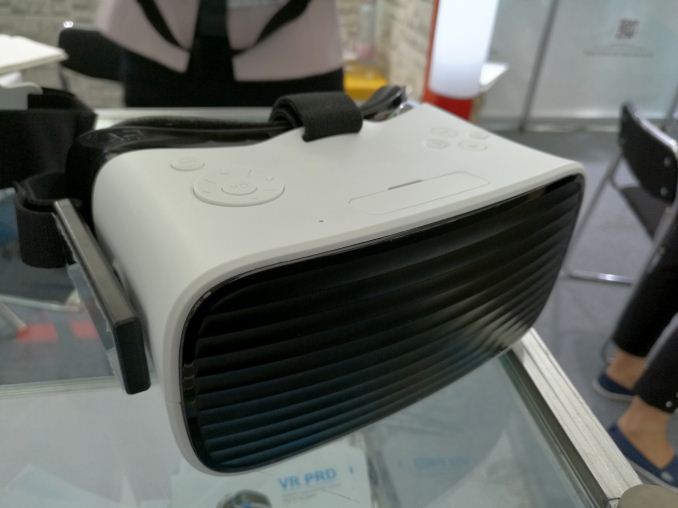
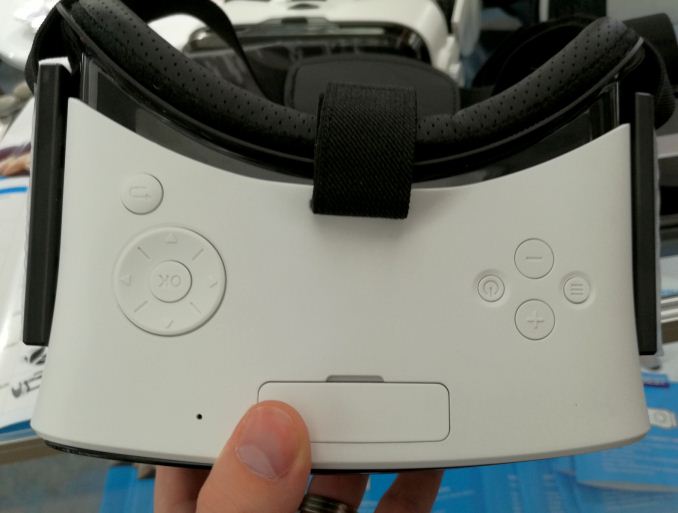
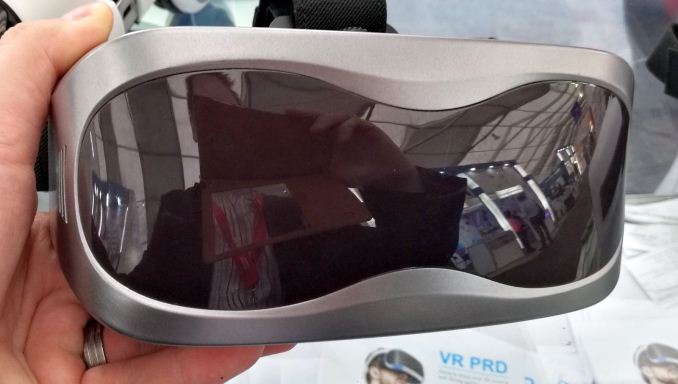
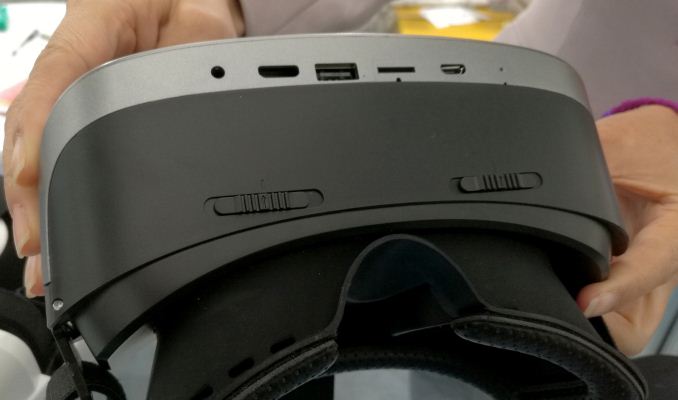
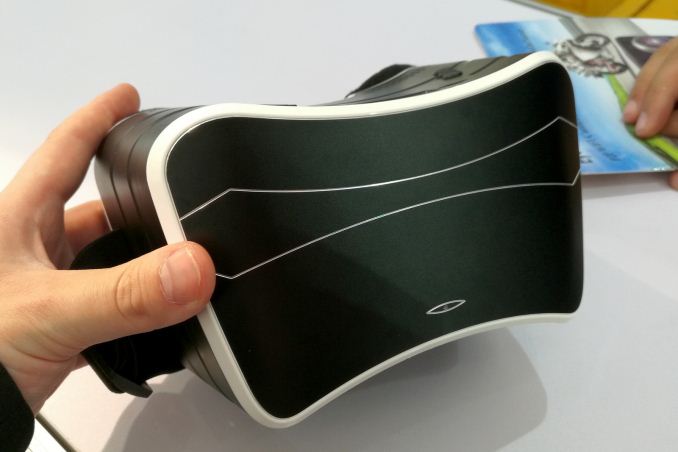

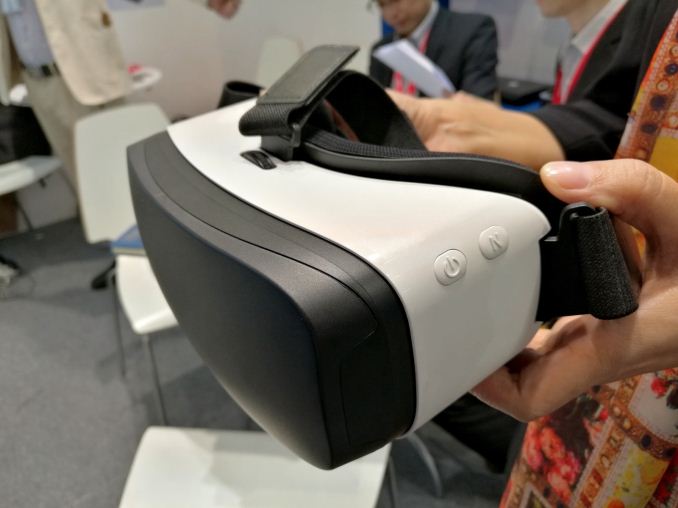
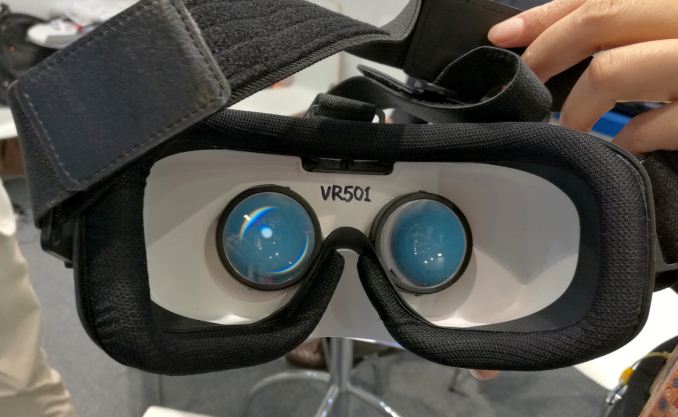








59 Comments
View All Comments
nathanddrews - Friday, September 9, 2016 - link
So if I had to summarize this article:At its best, VR is really expensive (headset/controller equipment + hardware to run it well) and mostly limited to rail-based shooter games, racing games, and flight sims... and anything less than that is basically not worth doing.
I've always love the idea of VR, but it's still too niche for me to invest in right now.
BugblatterIII - Friday, September 9, 2016 - link
That's not even close to the types of games and experiences that dominate the available content.VR's still finding its feet in terms of what genres port well and what new genres could be created, but the ones you've listed are perhaps the least suited to VR because they're mostly very nausea-inducing.
I agree that it's worth going the whole hog though. I had the Gear VR for years and now have the Vive, which is so far above the Gear it's a different species.
Mr Perfect - Friday, September 9, 2016 - link
It's the on-rails bit that kills it for me. Why can't they just have a thumstick on one of the hand held controllers to handle X Y movement? It's otherwise quite fun.prisonerX - Friday, September 9, 2016 - link
Because people don't want to throw up.theduckofdeath - Monday, September 12, 2016 - link
Yeah ,you need the movement sensors in the HMD or you shouldn't have any. Unless you have flawless hand to eye coordination that is, then a joystick can replace that. But, that person does not exist, I think. :Dmkozakewich - Monday, September 12, 2016 - link
From my experience playing Minecraft on the Rift DK1, it's not really the character movement that causes motion sickness. For me, it was the jittering when I turned my head. I eventually adapted to keeping my head still and using only the mouse to "turn" my head. The abstraction worked for me, because I'm used to playing video games, but I suppose one of the main draws of VR is in having that kind of control.So movement is possible, but you do need high frame-rates if you want to let players look around with their head without causing nausea.
sonicmerlin - Thursday, September 15, 2016 - link
You really think your experience applies when you've only tried the very first prototype?Flunk - Friday, September 9, 2016 - link
I suspect these headsets aren't designed for the US market, but rather the Chinese market, where the vast majority of customers couldn't possibly afford a Rift or Vive and the $2000 PC to power it.xype - Friday, September 9, 2016 - link
To be fair, I don’t know many people (I’m living western Europe) who can afford a Rift or Vive and the $2000 PC to power it, either. Or, those I do know, aren’t interested in the least—even though they would all classify as geeks. Sure, they’ll try it out at a show/convention, exclaiming "Neat!", but once the headset is off, "Not $3k neat, though…".sphigel - Friday, September 9, 2016 - link
If these "geeks" don't already own at least a good portion of the $2000 computer required for VR then they really aren't geeks are they? Most people interested in VR already have powerful gaming rigs. Yes, you might need a video card upgrade but that's about it. It's a bit disingenuous to say that VR costs $3k to get into.